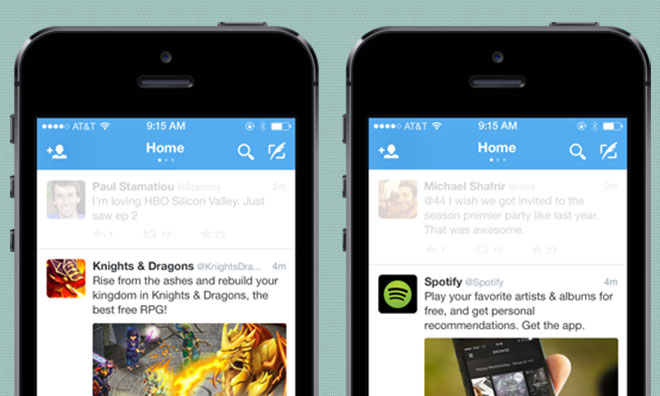
AdSense 2.0? Mobile Ad Networks Become a Hot Commodity
With mobile advertising growing at a faster pace than other options, tech giants like Twitter and Google are upping their game. But with different formats come different rules, and it's not the pay-per-click style you're used to—though it could help drive users to your apps.
If you’re looking for more options to advertise your offerings on mobile devices, just wait; all the brand-name tech giants are already working on new ones.
In the past few weeks, Facebook, Twitter, Apple, and Google have either expanded, or announced plans to create, ad networks for third-party mobile apps. Though mobile ad networks aren’t new (as any smartphone-laden casual gamer will tell you), the offerings are intriguing because they’re plugged into social media.
But for those familiar with the traditional pay-per-click options, it’s good to point out that there are some big differences. More details:
For associations, the new advertising styles are a reminder that the ad market is in transition and increasingly becoming less desktop-oriented.
Expanding beyond the networks: Earlier this month, Twitter announced it will use a recent acquisition, the ad network MoPub, to provide native advertising options both in its own app and throughout the thousands of other apps that already rely on MoPub. (These offerings will include tweet-style updates as well as opportunities to drive users to install apps.) Meanwhile, Facebook is expected to launch a new ad offering at its F8 developers conference Wednesday. The offering, based on early reports, is expected to be the company’s first ad network outside of the direct Facebook ecosystem. The company has had success on its mobile platform by creating ads that push users to install apps.
Fierce competition: The advertising space on mobile is anything but quiet, with the two top dogs in the smartphone arena, Google and Apple, offering ad options of their own. That’s not to say either company has had the easiest time making money on these products. In Apple’s case, iAd aimed for the high end of the market and failed to connect, leading the company to recently retool its approach. And Google, which purchased the mobile-ad startup AdMob in 2009, certainly has a bigger reach on mobile than most of its competitors, but its most recent financial results suggest a struggle to transition from desktop to mobile. Even so, the company is working to improve its offerings, last week announcing a new ad format designed to encourage mobile-app installs, just as Facebook and Twitter do.
Why should you care? For associations, the new advertising methods are a reminder that the ad market is in transition and increasingly becoming less desktop-oriented. Mobile ads also work differently from desktop ads and are more focused on branding plays than pay-per-click styles. (For this reason, Google has struggled to transition as successfully to mobile as Facebook has.) For associations with apps, ad formats based on app installs, such as Facebook’s, help turn the mobile app into a form of marketing. As Marketing Week argues, the decision by Google and Twitter to provide app-install ads, once seen as the domain of games such as Candy Crush Saga, suggests that now’s a good time for marketing-focused mobile-app providers to consider the formats for themselves.
When all is said and done, the big winner could be advertisers—especially those already knee-deep in the mobile space.
Twitter's newest mobile ad offerings emphasize app installs. (Twitter screenshot)






Comments